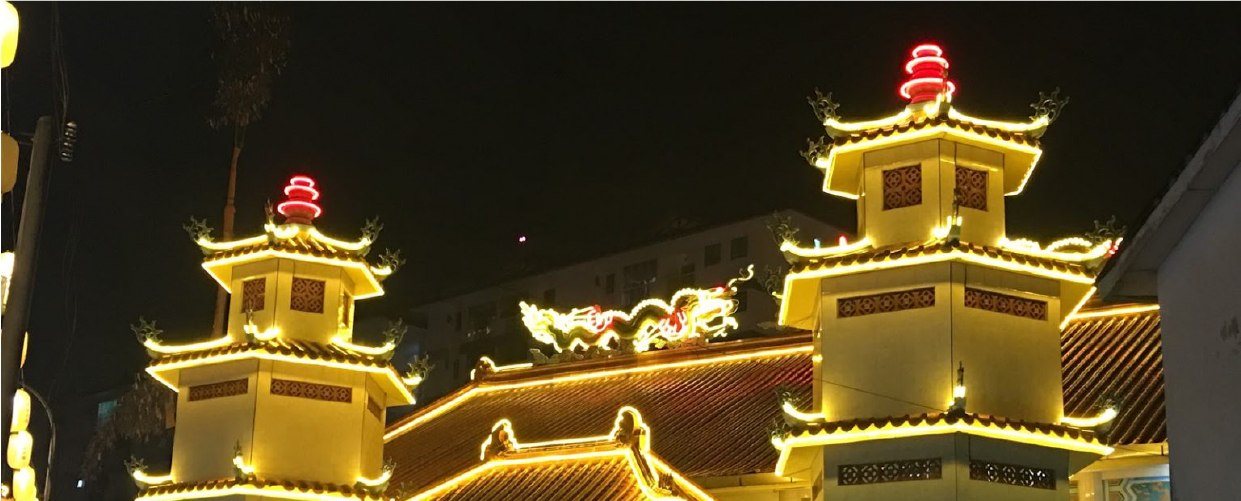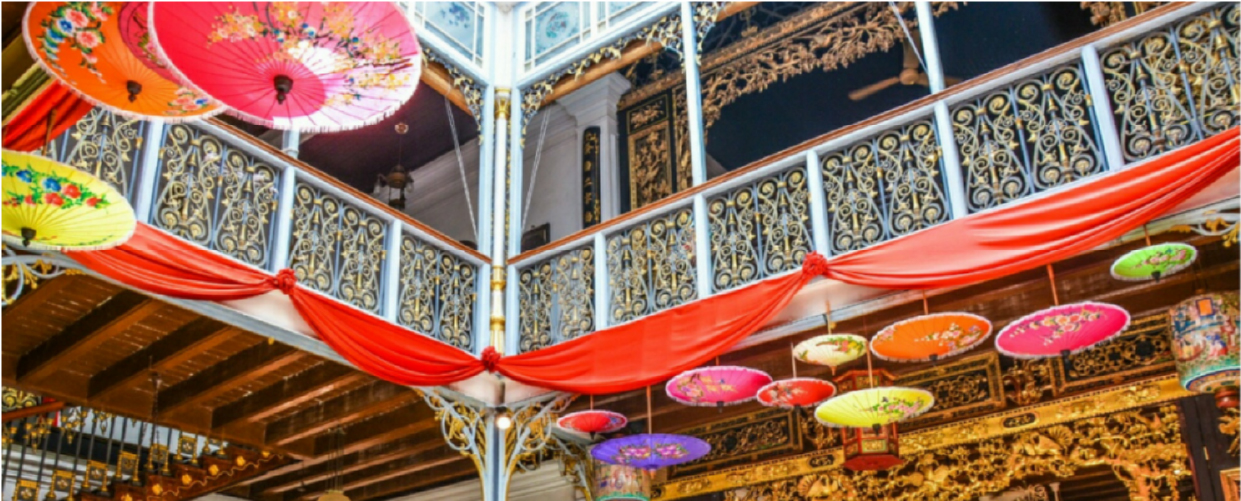
Malaysia From the first day of the ninth lunar month to the ninth day of the ninth lunar month in Malaysia, the Nine Emperor Gods' birthday is celebrated. The Nine Emperors, also known as the Nine Emperors, Nine Emperors, Nine Kings, and Nine Kings, are the star gods of Taoism and folklore. There are different versions of legends among the folks, the most popular origin of the Nine Emperor Gods is actually... …
Image courtesy of Raymond Sensation
Legend 1: Nine Ancient Characters
Neizhu Doumu said that the Nine Emperors in ancient Chinese legends are Fuxi, Shennong, Huangdi, Shaohao, Zhuanxu, Diyu, Yao, Shun and Xiayu.
Image courtesy of Raymond Sensation
Legend 2: A man of lofty ideals who fought against the Qing Dynasty and restored the Ming Dynasty
It is said that during the Qing Dynasty, in Fujian Province, there were 9 people with lofty ideals who fought against the Qing Dynasty and restored the Ming Dynasty. They led the masses to fight against the Qing Dynasty in southern Fujian, but they were defeated and beheaded by the sea, and their heads were thrown into the sea. After the death of the people with lofty ideals, their ghosts worshiped them, and asked for incense in their dreams. However, because they were executed for the crime of rebellion, they were afraid of being implicated by the government. The gods come to worship. Later, the imperial court bestowed the title of "Nine Emperor Gods" on the nine nobles, and sent them out of China in imperial boats, drifting to Southeast Asia, where they were worshiped in temples.
Image courtesy of Raymond Sensation
Legend 3: Wan Yunlong, the leader of Hongmen Tiandihui
Earlier, on the ninth day of September in the Jiayin Year of Emperor Yongzheng of the Qing Dynasty, Wan Yunlong died in a battle with Qing soldiers in Changsha, Hunan Province. The rest of his subordinates fled to Hainan Island. settle down. Some of the remnants of the Hongmen Society later settled in Anbang. On the surface, they used planting as a business, but they secretly formed an association to recruit patriots to join in the anti-Qing and Ming Dynasty.
Image courtesy of Raymond Sensation
Legend 4: King Sun Lu of the Ninth Generation of Ming Taizu
The ninth son of Ming Taizu's ninth son, Luhuang Wangtan, is also the ninth generation of the Nine Kings, commonly known as the Nine Kings, also known as the King of Lu. A group of Ming officials embraced King Lu as emperor in Shaoxing, and were chased and killed by Qing soldiers. King Lu defected to Zheng Chenggong and lived in Kinmen. It is said that Zheng Chenggong was rude to the king of Lu and sank him to death in the sea. His subordinates resented Zheng Chenggong, so they came to the south of Hainan and set up a temple to worship him. Because there is no corpse of the Nine Kings in Shenhai, only gods are erected and no idols are erected. Legend has it that the ninth day of September is the prince's birthday, and that morning an incense burner floated over the sea to welcome the king of Lu from the water.
When the facts were revealed, an ancient tomb was found on Kinmen Island. The stele in the tomb recorded that the cause of King Lu's death was asthma, not Zheng Chenggong's persecution. The truth of this public case came to light.
Image courtesy of Raymond Sensation
Legend Five: "Nine Emperors" Xingjun
Originated from Nanyang folklore, the Nine Emperors is a star king named "Nine Emperors".
The belief in the Big Dipper of Taoism is divided into two branches, one is the Big Dipper, and the other is the Nine Emperors. Belief in the Big Dipper is more prevalent in China and Taiwan today, while the Chinese areas in Singapore and Malaysia have introduced the practice of offering sacrifices to the Nine Emperors from Quanzhou, Zhangzhou, and Chaozhou back then.
Image courtesy of Raymond Sensation
Legend Six: Succeed
The Nine Emperor Lords refers to the prince Zheng Chenggong. At that time, all the martyrs in the Jianghu held high the banner of anti-Qing and restoring Ming Dynasty. Zheng Chenggong secretly summoned heroes from all walks of life to discuss major plans in the Doumu Palace on the coast of Fujian Province. They used Qianqiu's birthday in the Doumu Palace as a cover, and recruited soldiers and bought horses in the palace for nine consecutive days. The flag of the Nine Emperors actually symbolizes the meaning of "saving the country and the land of the Ming Dynasty". The left and right hands of the Dou Mu Niang Niang are even written with the words "Sun and Moon", which means "Ming" on the 30th day of the eighth lunar month. On the night, all the martyrs went to sea to welcome the prince Zheng Chenggong to preside over the overall situation. Since the imperial court was pursuing Zheng Chenggong, he was covered with a parasol from disembarking to entering the Doumu Palace to prevent his identity from being exposed. At midnight on the ninth day of September, Zheng Chenggong was sent to sea to call for an uprising elsewhere, and the king's ship and the necessary food and supplies were prepared. In the end, the uprising failed, and the casualties were even greater. In order to commemorate the emperor Zheng Chenggong and the martyrs, villagers in Fujian Province worship these national heroes every year from the last day of August to the ninth day of September in the lunar calendar.
The content is referenced from Sin Chew Daily
If there is any infringement, please contact us and we will take it down immediately.
post a comment
You must be logged in to post a comment.


